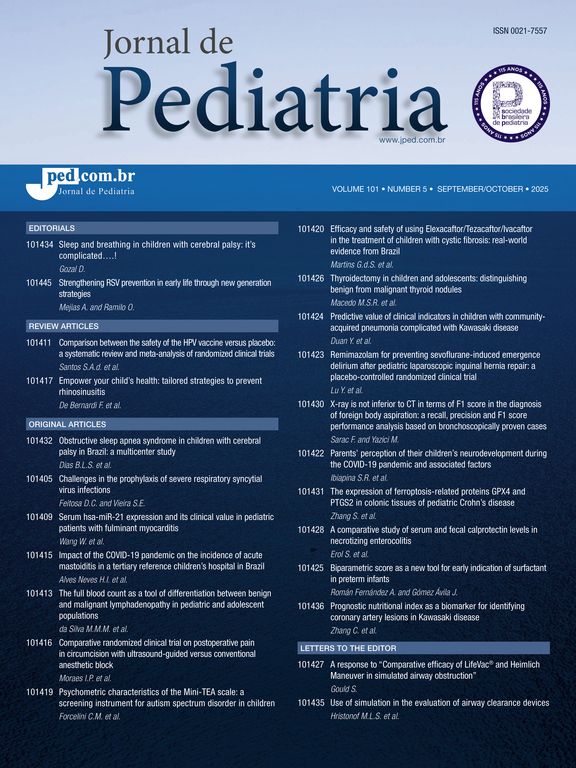It is an on-going practice in the pediatric ICUs to obtain and to maintain a working artificial airway. Nevertheless this procedure bears not infrequent risks of accidental extubation (AE) which ranges in several services from 0,9 to 3,3 for each 100 days of intubation. The risk factors that are involved in AE are related to: sedation level, age-group, intubation path, and others. The purpose of the authors in this article was to observe the incidence of AE in their service and to compare the relative risk in the rate of AE among orotracheal and nasotracheal intubation population. A prospective study was taken during six months, in which every patients with artificial airway admitted at the PICU of the Santo Antonio Hospital in Porto Alegre (Brazil) was included except those with tracheostomy. The total number of cases were 673 patients-day with artificial airway, with an average of 3.7 patients with tracheal tube per day. In the period there were 18 AE, with a rate of 2.7 AE/ 100 days. The incidence rate of AE in the orotracheal group was 3.1% and 1.6% in the nasotracheal group with no statistically significant difference (p=0.6). The authors concluded that the pathway of intubation in their study does not carry any additional risk in the incidence of accidental extubation.
The Impact Factor measures the average number of citations received in a particular year by papers published in the journal during the two preceding years.
© Clarivate Analytics, Journal Citation Reports 2025
SRJ is a prestige metric based on the idea that not all citations are the same. SJR uses a similar algorithm as the Google page rank; it provides a quantitative and qualitative measure of the journal's impact.
See moreSNIP measures contextual citation impact by wighting citations based on the total number of citations in a subject field.
See more







